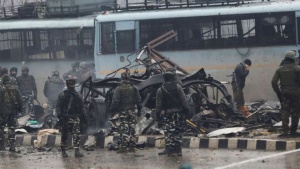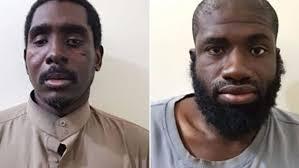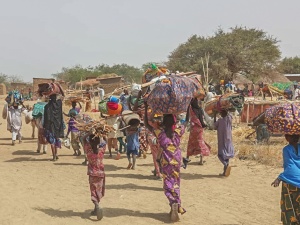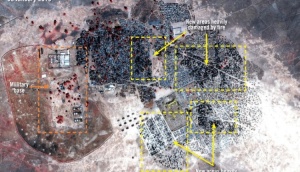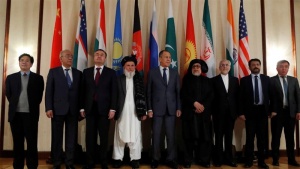Image Courtesy of Reuters
Ever since aircraft were created, they have been an integral part of society. While they have been an integral part of society, they have also become an important tool for militaries around the world. Whether that be for transportation, reconnaissance or airstrikes, the use of aircraft has played a major part in nearly every war.
Military technology has become so advanced now that someone operating a drone in the U.S. can strike an area in the Middle East. Drone strikes have been one of America’s most used weapons in the War on Terror. These American strikes have killed many terrorists but have also come under scrutiny for also killing many civilians who happen to get caught in the crossfire. Many terror cells have begun to recognize this and have countered it by taking their operations underground.
Subterranean warfare isn’t a new idea per se, we saw the beginnings of this during the Vietnam War. However, it has never operated at the levels seen today in the Middle East, Africa, and Asia. These underground tunnels are usually operated by terror groups or rebel insurgency groups.
During the Afghan War, American soldiers encountered a tunnel in the Zhawar Kili complex which contained structures a command center, mosque, and even a hospital. This just goes to show intricate these subterranean tunnels have become.
What has been the biggest nuisance to the United States in the dawn of subterranean warfare is the locations where these groups build these tunnels.
Groups such as Hezbollah and ISIL are plotting their underground operations beneath areas filled with civilians to hinder the possibility of enemies bombing their operation.
Enemies are also reluctant to send their soldiers down into the tunnels because the builders have a strategic advantage over them. These tunnels also can be used to smuggle weapons, people and materials to various locations based on the tunnel system. However, their biggest threat is their ability to be a means for terrorists to execute sneak terror attacks such as those committed by Hamas and Hezbollah.
Hezbollah has built a vast tunnel system along the southern Lebanese border due to the fact that they do not have to fear much interference from the Lebanese government due to the strength of their operations and also because they receive aid from Iran.
The ISIS underground system was first discovered after the liberation of East Mosul in 2017 in Iraq after ISIS destroyed a Christian shrine in the area. On the other hand, it is believed that some senior ISIS officials still reside in these caves. The Syrian rebels have also instituted a tunnel system in cities such as Douma, which has helped them keep up their fight against the regime during the Civil War.
Subterranean warfare seems to be the next domain of modern warfare. The US government has already begun to implement underground training for American soldiers in preparation for this new frontier of war. This is to avoid the soldiers being unequipped to deal with potential combat situations with terrorists in these caves.
Daphne Richemond-Barek, an army writer said that “Even for well-trained soldiers, the multidimensional aspect of the subterranean threat is not easy to handle.”
Terrorists may use these caves to plot attacks on major urban areas due to some of these underground networks being built directly under major urban cities.
Another problem may be that some of these tunnel networks may be rigged with explosives by these terror cells that could lead to even more deaths of their enemies. Lastly, as was mentioned earlier, these tunnel networks can be used to smuggle weapons and high-value targets covertly.
They can serve as a means for a terror group to invade another country, commit their terror act, and easily travel back to their point of origin without a trace.
It is important that America continues to train soldiers for the subterranean battlefield because terror cells are building new tunnel networks every day with greater capabilities and we must be prepared for this new frontier of war.



